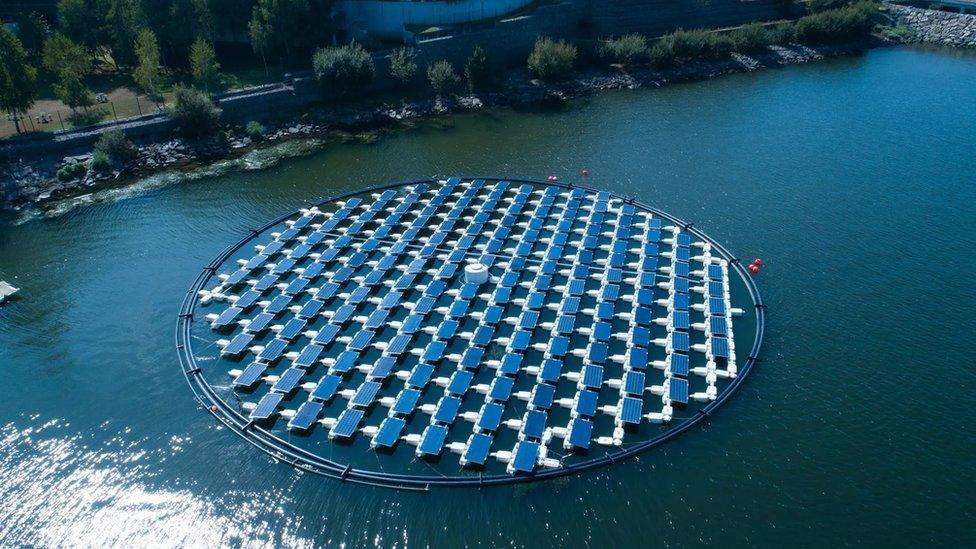What is it the ozone layer, why was it damaged, and what's been done about it?
- Published
- comments
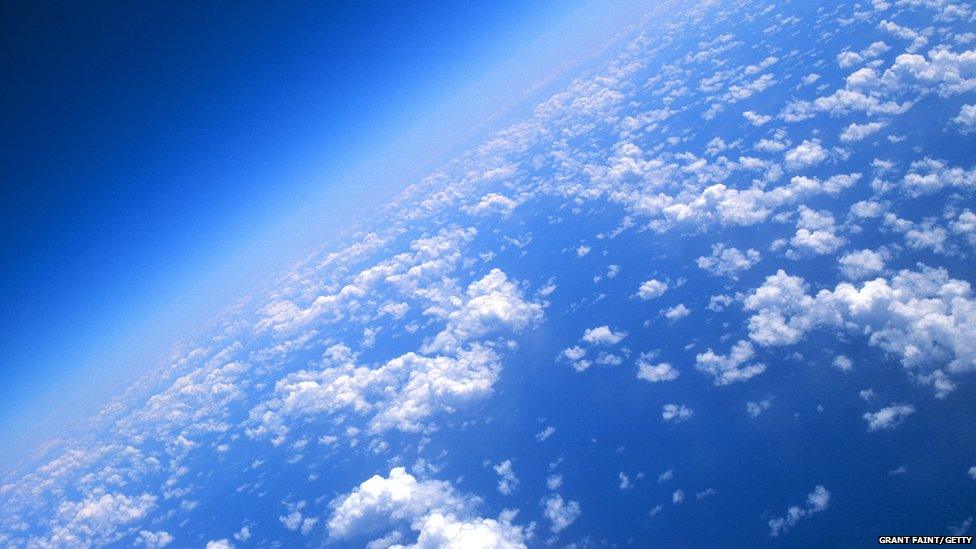
Our atmosphere is made up of layers, with ozone being one of them - and it's very, very important for life on Earth!
Over the years, lots of action has been taken to try and save our ozone layer, and scientists are now saying it's all been worth it!
The UN have reported that the ozone layer could completely heal in just decades, as a direct result of what humans have done to help it.
But what is the ozone layer, why was it in trouble, and what's been done to help it?
Read on to find out!
What is the ozone layer and why do we need it?
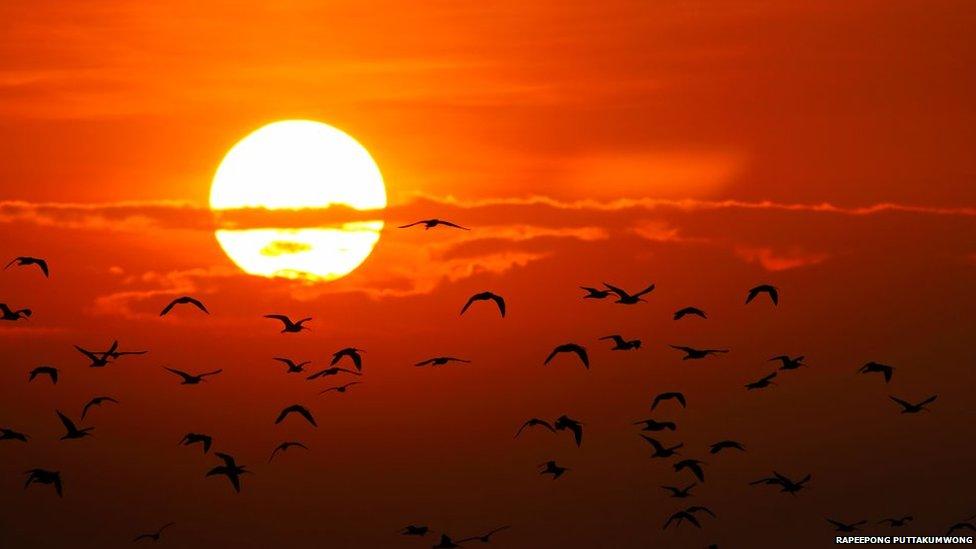
The ozone layer - which is on track for recovery - protects against harmful ultraviolet rays from the sun
When the Sun comes out, you have to put sun cream on. This is because harmful radiation, called ultraviolet rays, can damage your skin.
Well, think of the ozone layer as planet Earth's sun cream, protecting the Earth from the Sun's radiation.
It is absolutely crucial for life on Earth - without it, our planet would be uninhabitable.
The ozone layer is a thin sheet of gas that surrounds planet of Earth
It absorbs 98% of the harmful ultraviolet rays from the Sun
UV rays are the ones that cause sunburn, and can be really damaging to our health
What's happened to the ozone layer?
The ozone layer has been damaged over many years, in part due to chemicals called CFCs.
It stands for chlorofluorocarbons, which are made up of chlorine, fluorine and carbon atoms.
They could be found in fridges, air conditioners and spray cans.
The harsh chemicals would interact with the gas in the ozone and cause it to wear away.
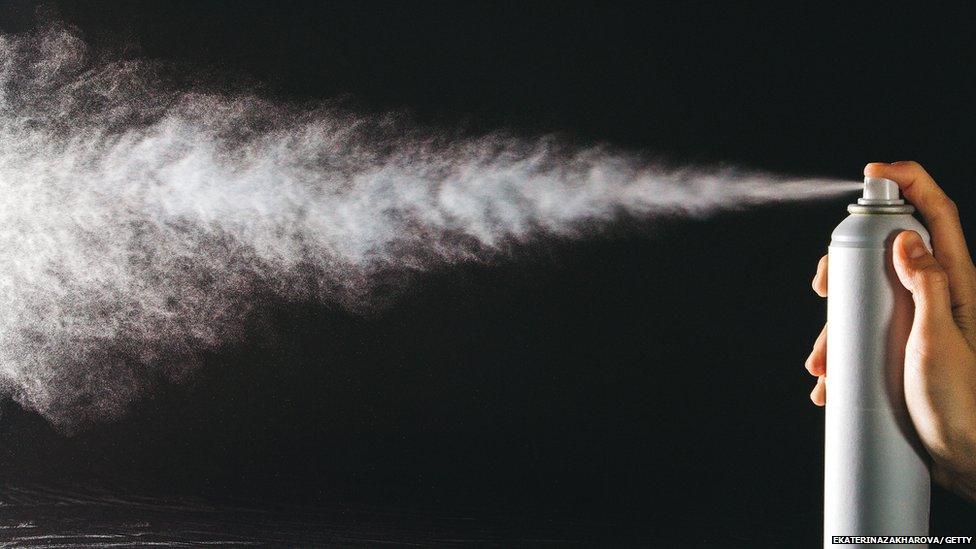
Hairsprays used to contain CFCs which would damage the ozone layer
This led to ozone weakening over Antarctica, and elsewhere around the world.
These areas allow harmful UV radiation to get through, which can have really negative impacts on our health.
What was done to fix it?
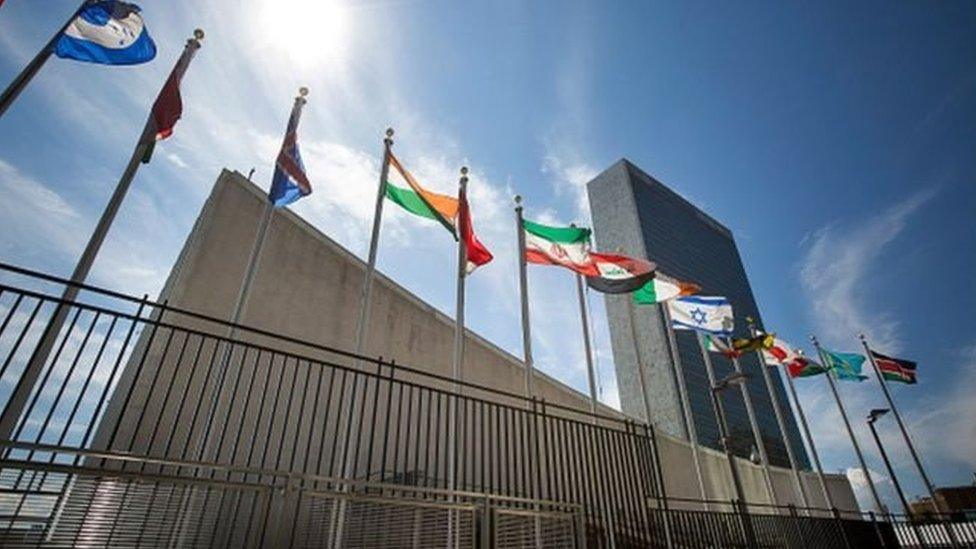
The Montreal Protocol was first signed just two years after a huge hole was discovered in the ozone layer
In 1987, an international agreement called the Montreal Protocol was signed to ban CFCs - in fact, it later became the first agreement to have every country in the United Nations sign up to it.
By promising to no longer using the harmful chemicals in every product, these countries not only aimed to protect the ozone from further damage, but also allowed it to repair itself.
A new UN assessment has found that it'll take this long for parts of the ozone layer to heal:
2066 over the Antarctic, where ozone depletion was the worst
2045 over the Arctic
in about twenty years everywhere else
Proceeding with caution
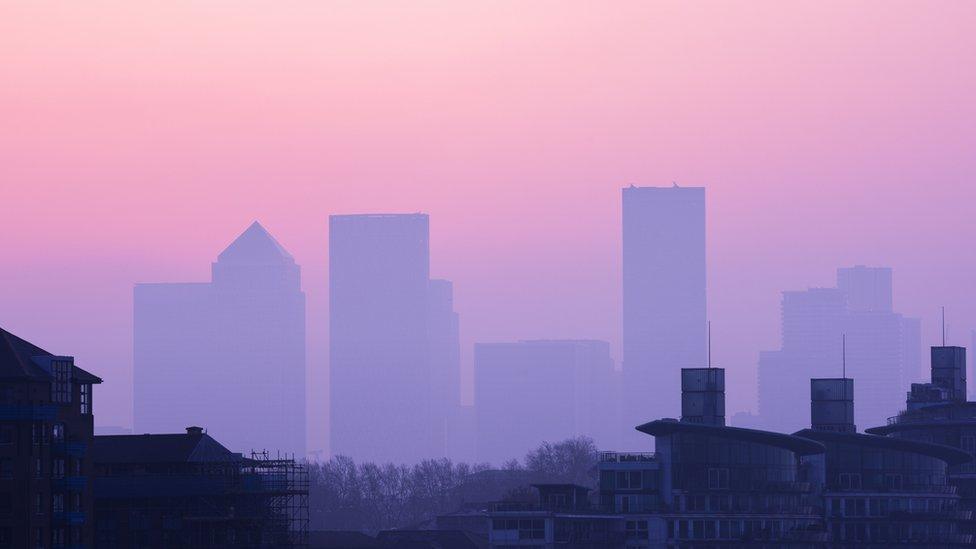
The ozone layer still needs our protection
A healing ozone layer is positive news for the environment.
However, the researchers involved in the UN report have said we need to be careful, as we can't guarantee that this recovery will continue.
- Published20 January 2020
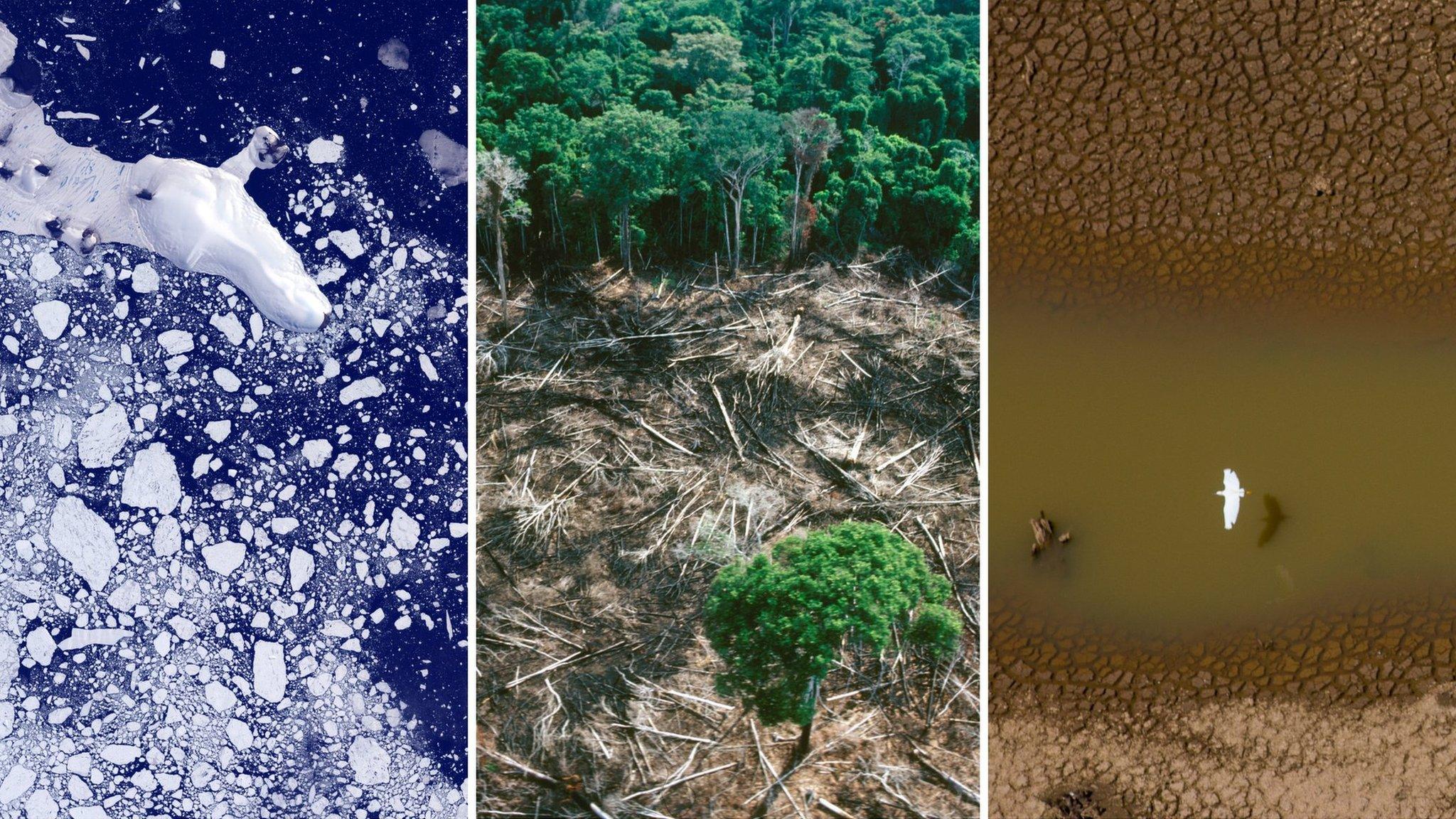
- Published3 March 2020

- Published12 January 2023
